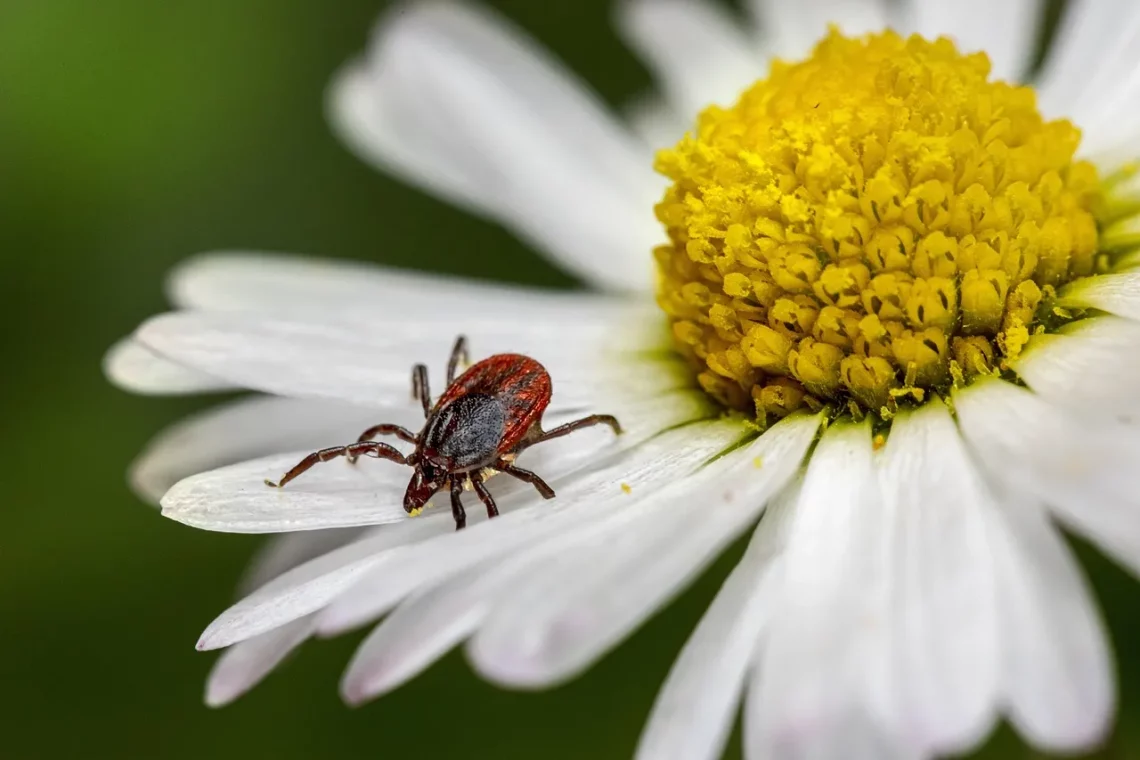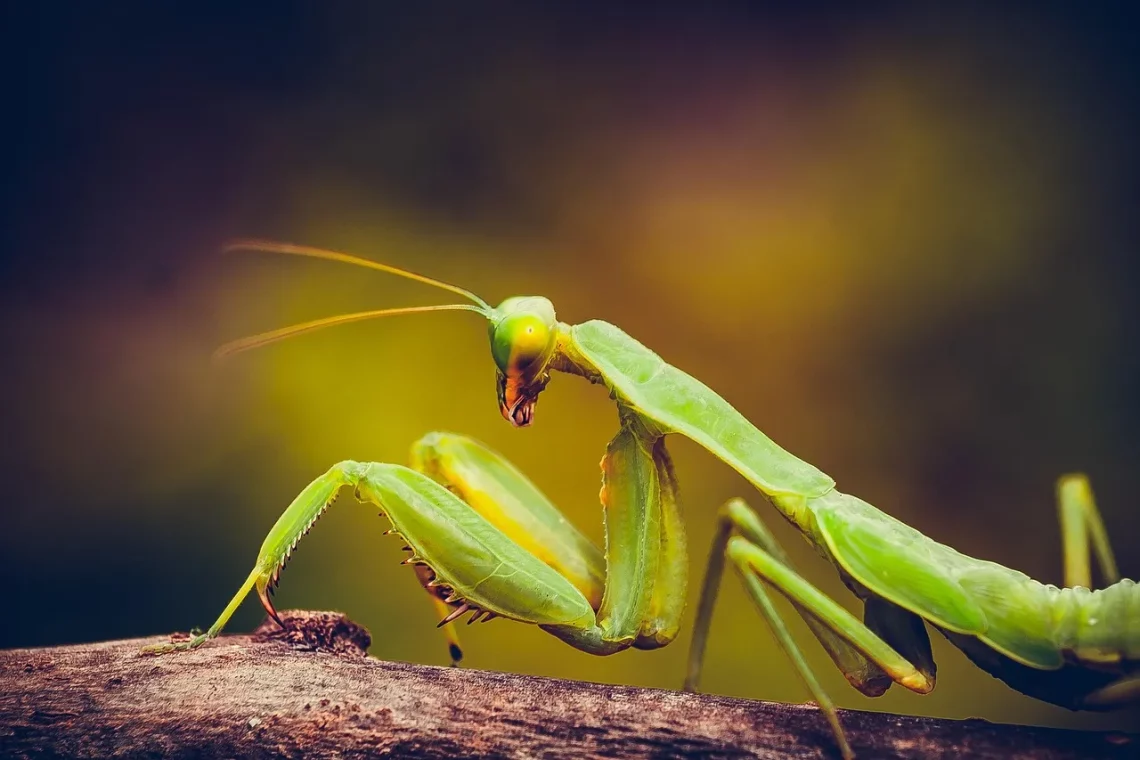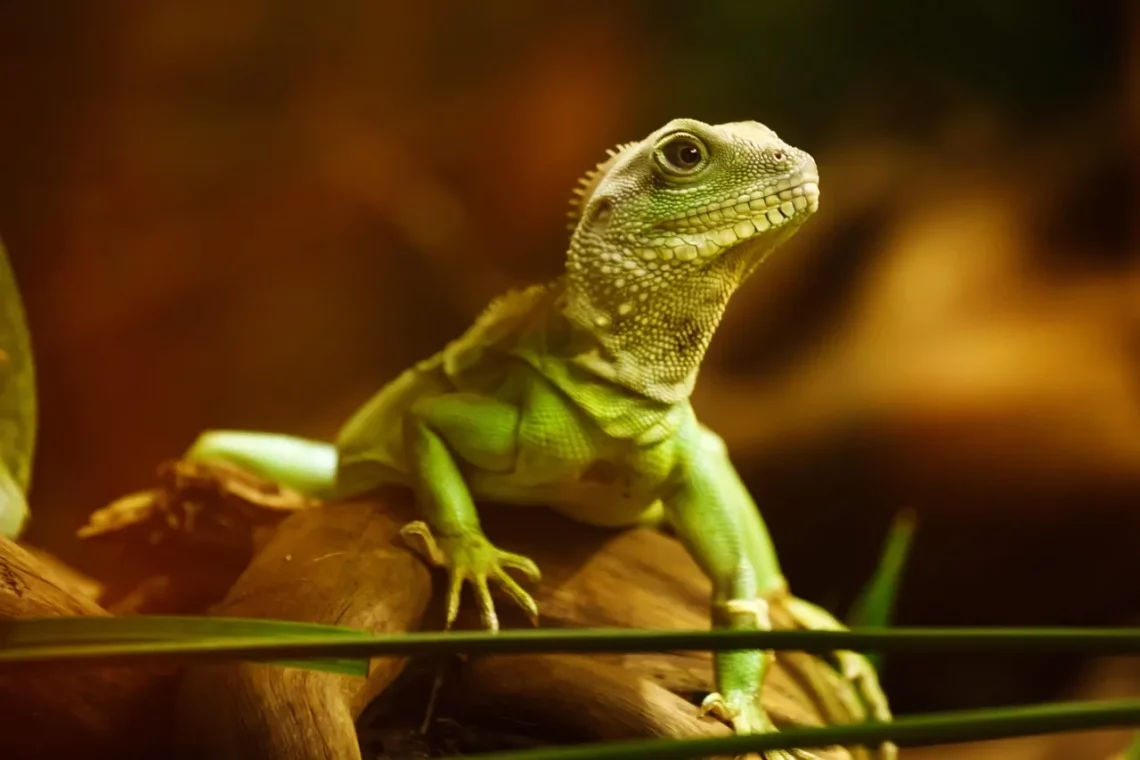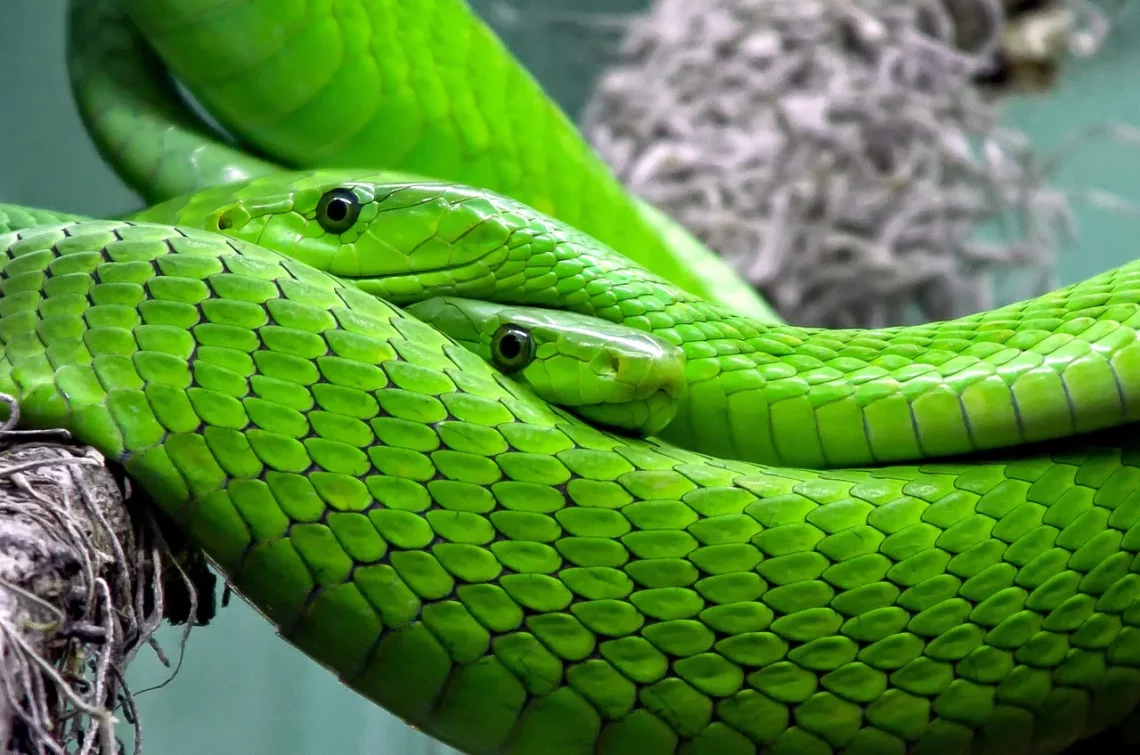-
Can Ticks Survive in Water? Exploring Their Habitat and Behavior
Ticks are small arachnids that belong to the class of arachnids, closely related to spiders and mites. Despite their diminutive size, these creatures have gained notoriety as vectors of various diseases, including Lyme disease and Rocky Mountain spotted fever. Their life cycle includes several stages—larvae, nymphs, and adults—and they rely on a host for blood meals at each stage to grow and reproduce. Ticks are often found in grassy or wooded areas, where they can easily latch onto passing animals or humans. The survival strategies of ticks are fascinating, particularly when it comes to their resilience in different habitats. One of the most intriguing questions that arise is whether ticks…
-
Understanding Mantis Egg Cases: Nature’s Intriguing Survival Strategy
The natural world is filled with remarkable strategies and adaptations that ensure the survival of various species. Among these are the fascinating egg cases of the mantis, a creature that has captivated the interest of entomologists and nature enthusiasts alike. These structures, often referred to as oothecae, serve as protective capsules for the mantis eggs, showcasing the intricate relationship between organisms and their environments. The design and functionality of these egg cases not only speak to the resilience of the mantis but also highlight broader themes of survival in the animal kingdom. The mantis, often recognized for its predatory prowess and unique physique, employs these egg cases as a crucial…
-
The Fascinating World of Mantis Egg Cases and Their Development
The world of mantises is as captivating as it is diverse, showcasing a myriad of species, each with its own unique characteristics and behaviors. Among the most intriguing aspects of these insects is their reproductive strategy, particularly the formation of egg cases. These structures, often referred to as oothecae, are not just simple protective coverings; they are complex biological creations that play a pivotal role in the life cycle of mantises. The ootheca serves as a fortress for the developing embryos, safeguarding them against environmental threats and predators. As the seasons change, these egg cases become a common sight in gardens and natural habitats, leading many to wonder about the…
-
Exploring Wildlife Food Sources: Nourishing Nature’s Creatures
Exploring the intricate web of life on our planet reveals a fascinating interplay between wildlife and their food sources. Every ecosystem is a delicate balance of organisms, each relying on the others for sustenance and survival. The food sources available to wildlife vary dramatically across different habitats, from sprawling forests to arid deserts. Understanding these sources not only sheds light on the diets of various species but also highlights the importance of biodiversity in maintaining healthy ecosystems. Wildlife has adapted to utilize the resources available in their environment. Herbivores graze on plants, while carnivores hunt other animals, and omnivores consume a mix of both. This dynamic relationship emphasizes the significance…
-
The Fascinating World of Black and Red Bearded Dragons
The bearded dragon, particularly the black and red varieties, has captivated reptile enthusiasts and casual pet owners alike. Known for their unique appearance and charming behavior, these lizards are more than just visually appealing; they are also fascinating creatures with intriguing habits and personalities. Originating from the arid regions of Australia, bearded dragons have adapted to thrive in environments that challenge many other species. Their ability to regulate body temperature and their distinctive basking behaviors are just a couple of the traits that make them interesting pets. Beyond their physical characteristics, black and red bearded dragons also exhibit a variety of temperamental traits that can vary significantly from individual to…
-
Understanding Brown Recluse Spiders in Washington State
Understanding the complexities of brown recluse spiders in Washington State is essential for residents and visitors alike. While these arachnids are often associated with fear and misunderstanding, a deeper knowledge can help demystify their behavior and habitat. The brown recluse spider, scientifically known as Loxosceles reclusa, is a species that has garnered attention due to its potentially harmful bite. However, it’s crucial to note that these spiders are typically reclusive by nature, preferring to avoid human interaction whenever possible. In Washington State, the brown recluse is not a native species, but its presence has been reported sporadically. Understanding the environmental conditions that allow these spiders to thrive can shed light…
-
Understanding the Fascinating World of Anal Snakes in Nature
The natural world is full of intriguing phenomena that often go unnoticed. Among these, the unique adaptations and behaviors of various species can be both fascinating and bewildering. One such example is the captivating role of anal snakes in nature. These serpentine creatures, which can be found in various ecosystems, exhibit a range of remarkable traits that allow them to thrive in their environments. From their distinctive physical characteristics to their intriguing behaviors, anal snakes offer a glimpse into the complex interactions within the animal kingdom. As we delve deeper into the ecology and biology of anal snakes, we uncover the intricate relationships they maintain with other species and their…



























